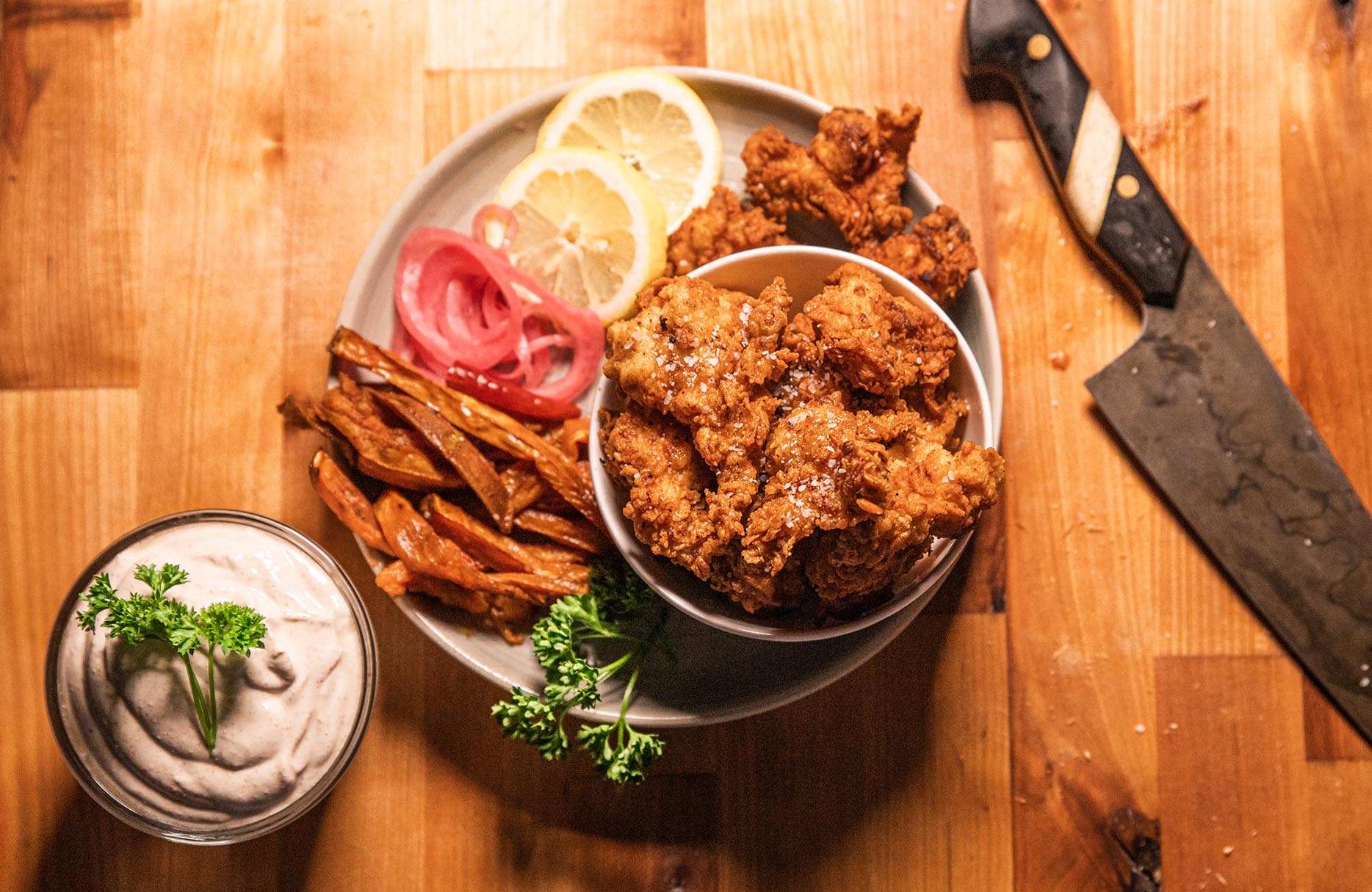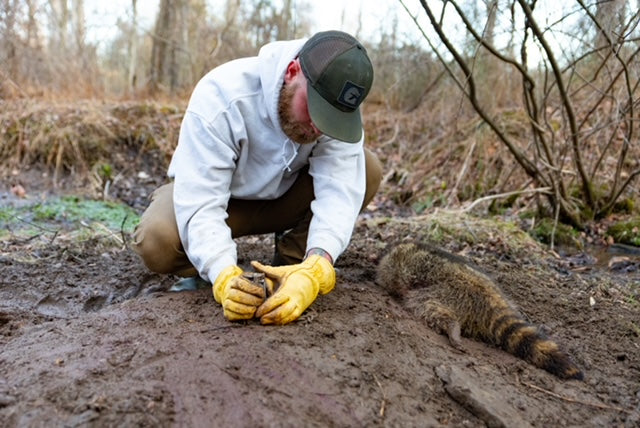February 10, 2023
Unloading:
The Light Goose Conservation Order

If you have ever driven through the delta during duck season, or passed a winter wheat field, you’ve more than likely been in awe of thousands of white geese tornado-ing down and covering the field like a blanket of snow. The nature of a snow goose is to migrate in family groups and establish giant feeds along their route, where their sheer numbers provide safety from predators. It is an amazing sight to see five to ten thousand or more geese work in and cover a field, but there are environmental issues that arise from their mega-feed instincts. Not only can they clear a large field of wheat, rice, or soybeans in a matter of hours, they negatively impact the habitat of other species as well.
With the overwhelming population growth over the years, the habitat cannot continue to support them. As snow geese return north in the spring to their arctic breeding grounds, the increase in population is not only bad for snow geese, but it also affects other species that share the same northern breeding grounds.
Essentially it boils down to one fact. There's too many geese, and not enough land. Something had to be done. So, in hopes to flatten the population growth, biologists enacted the Light Goose Conservation Order.


The Light Goose Conservation Order (LGCO) began in 1999 to help control the population of adult snow geese and limit the destructive effects on breeding grounds in the arctic. At the height of population, biologists estimated that there were 16-18 million snow geese in North America, with the population growing an estimated five percent a year, putting a huge strain on breeding grounds for snow geese and other waterfowl species.
Federal biologists decided to let hunters and outdoorsmen step in to help curve the population growth by starting the LGCO, allowing licensed hunters an opportunity to hunt light geese (lesser, greater, and ross’s snow geese) on their return migration, with very little regulation. Hunters can utilize electronic calls, unplugged shotguns, and, in most states, don’t have daily bag limits to worry about. Not only does it give hunters a way to extend their season (all the way through April in some places), it is an incredible way to experience a hunting style unlike any other.
One classic way to hunt snow geese is laying under a spread of white decoys wearing all white, so we made a hoodie perfect for any snow goose hunter. Proceeds from the sale go directly to Delta Waterfowl to help fund conservation programs and research. GET IT DIRTY.
There is debate whether or not the LGCO is actually doing much to control populations of snow geese. Many people feel that the impact it once was making has lessened over the years as adult birds have grown smarter and wearier to the hunting pressure. Others credit the order saying it is one of the sole reasons the snow goose population has not yet reached the point of breeding ground decimation. Biologists have noticed that populations are spreading out more now than ever, and attribute that to the spread of advanced agriculture practices, hunting pressure, and the population/habitat demands the birds are faced with. While it is estimated that spring snow goose hunters kill half a million or more birds a year during the LGCO, the arctic breeding grounds are still under pressure and biologists from state and federal agencies are looking for the next solution.

Whether you view it as effective or not, the Light Goose Conservation Order has had a huge impact on the hunting industry. The LGCO has resulted in millions of dollars in annual revenue being dumped into local businesses, outfitters, landowners, and conservation agencies by the hunters who want to experience laying under a giant spin of birds and soak in a memory that only the snow goose can provide.


